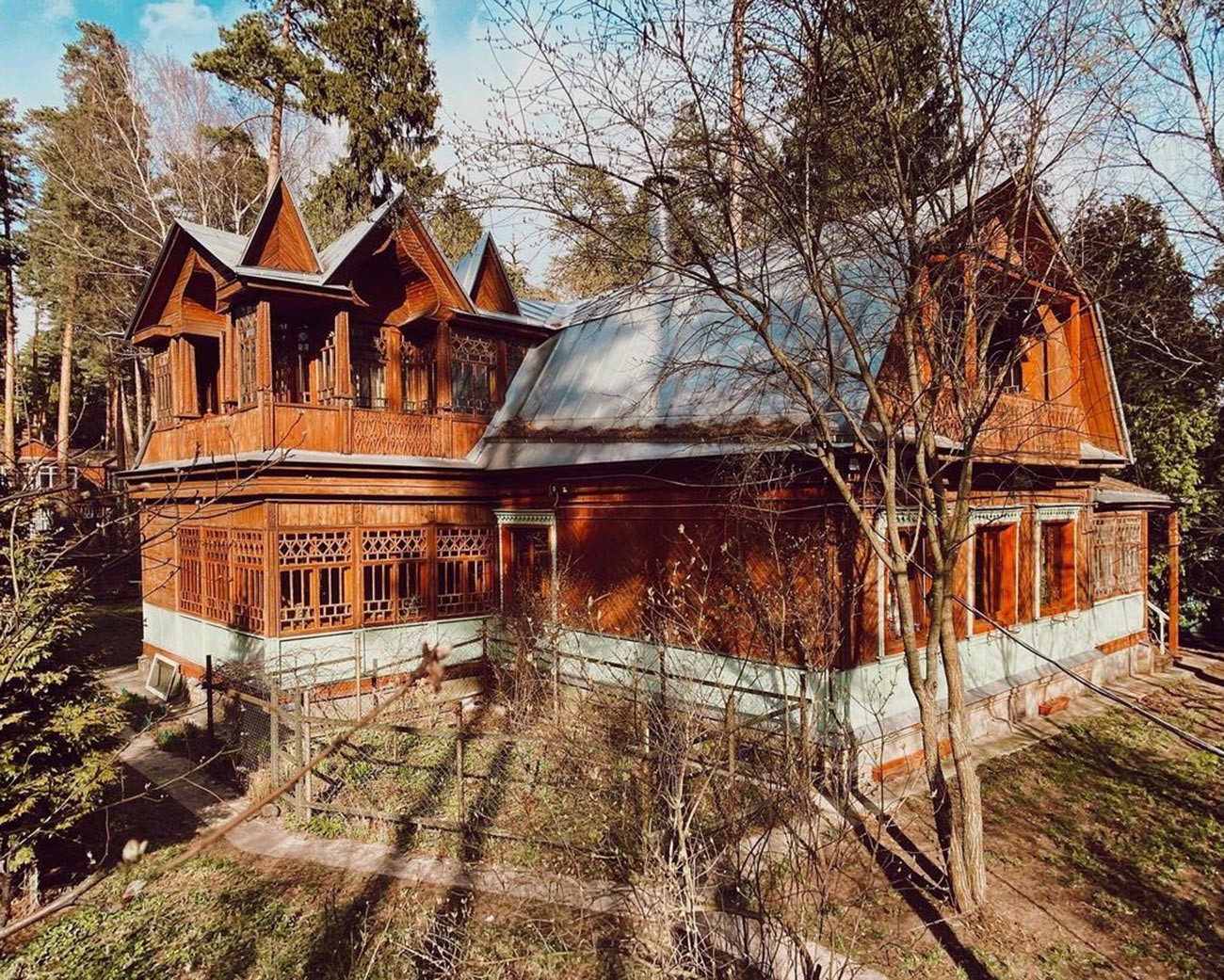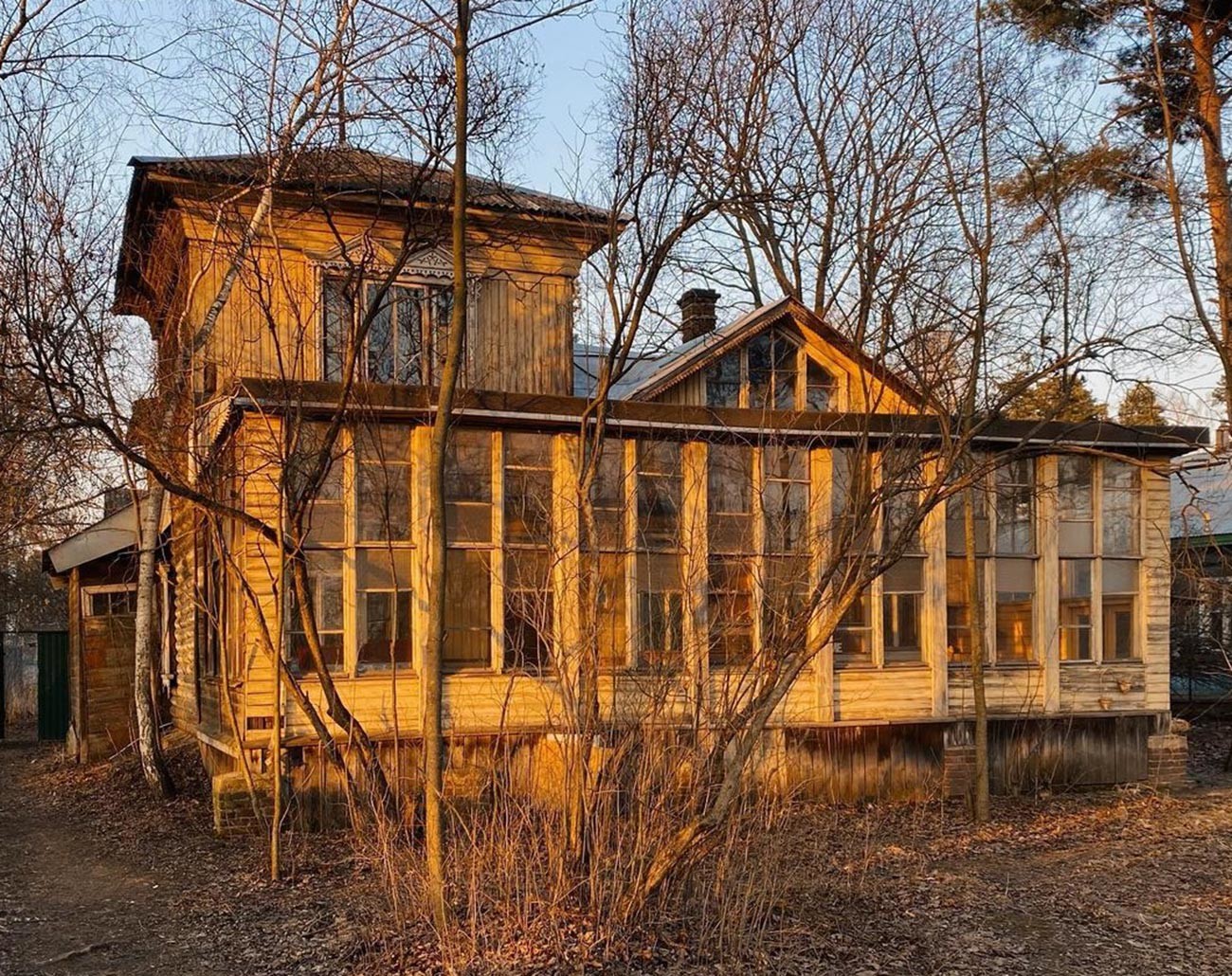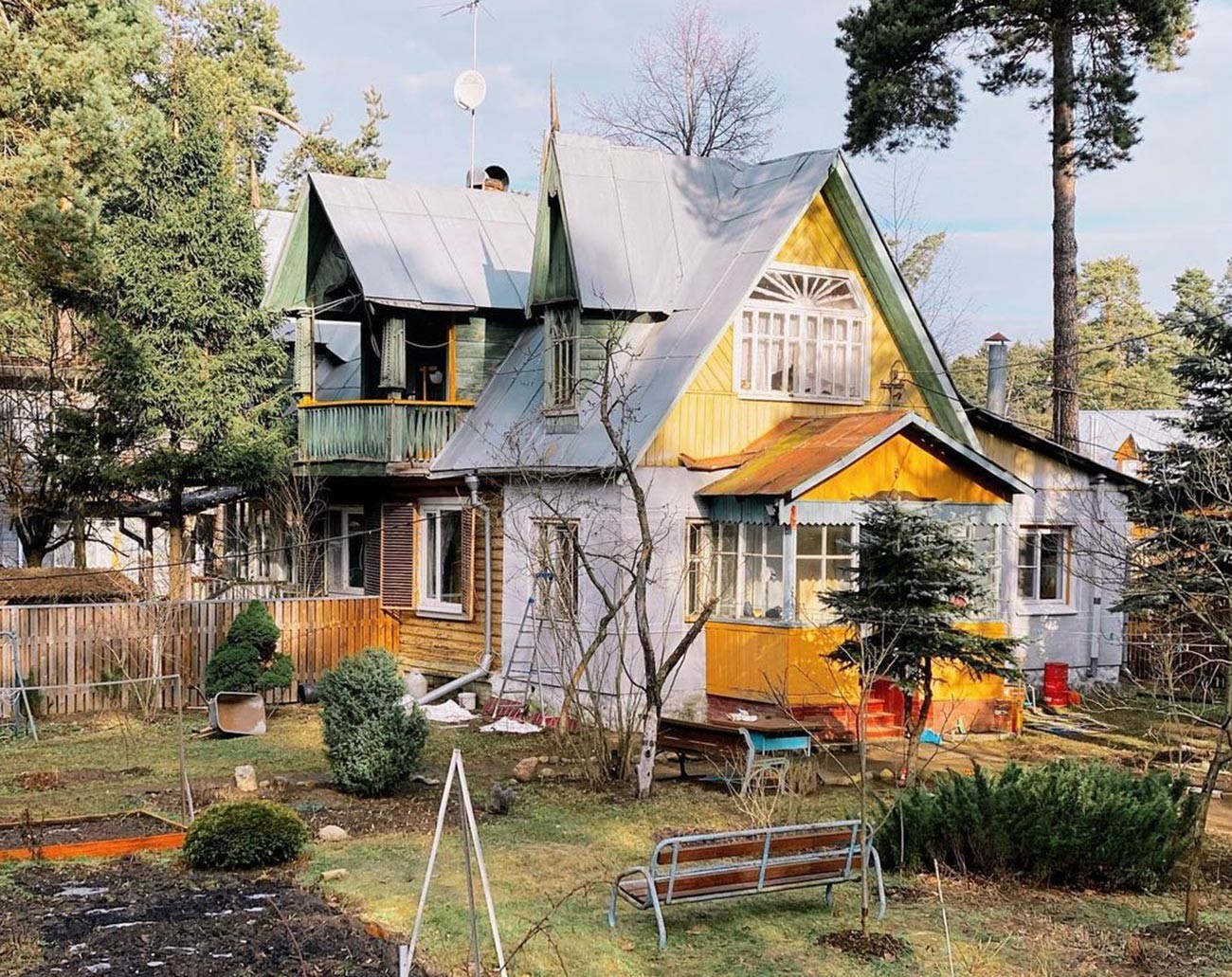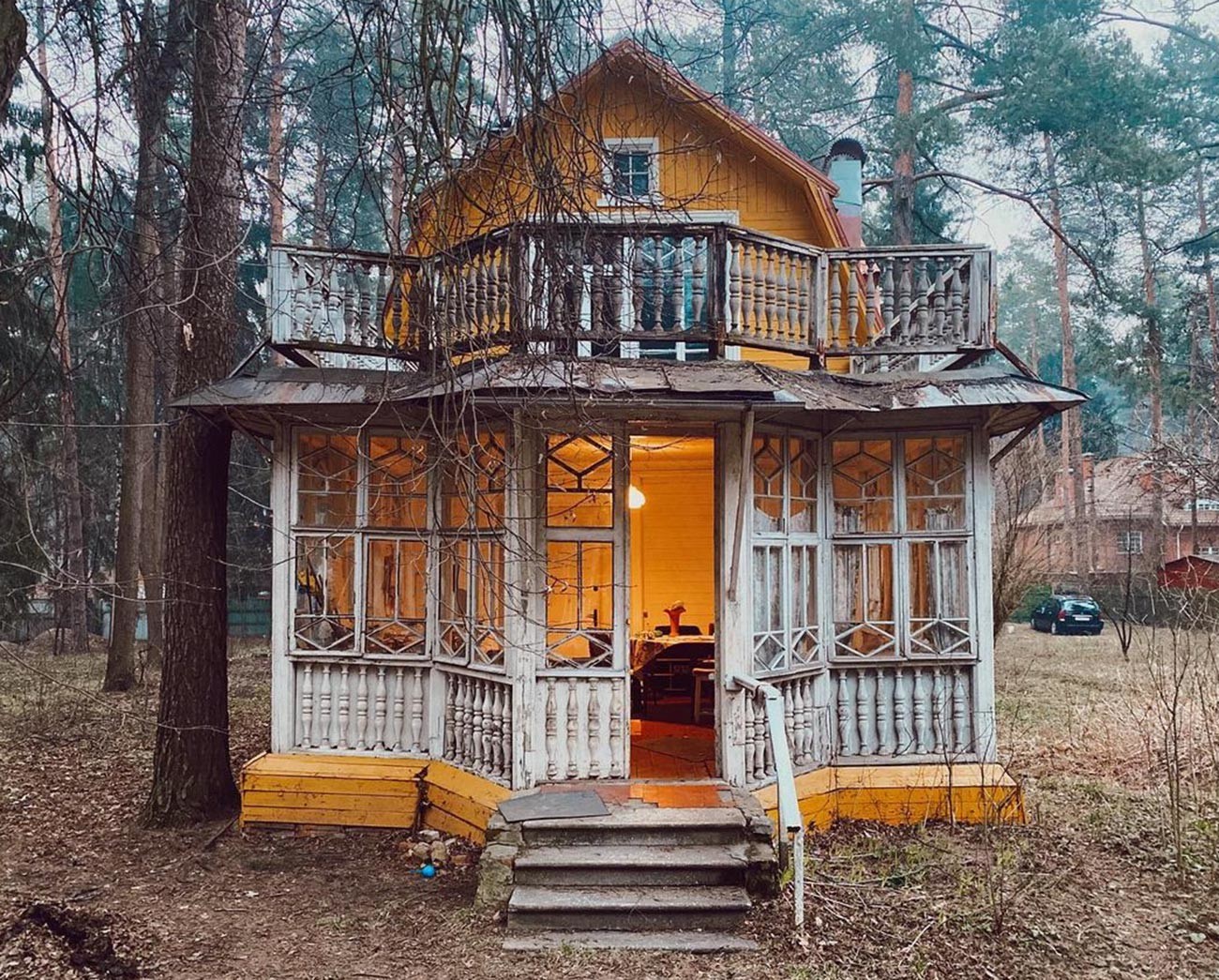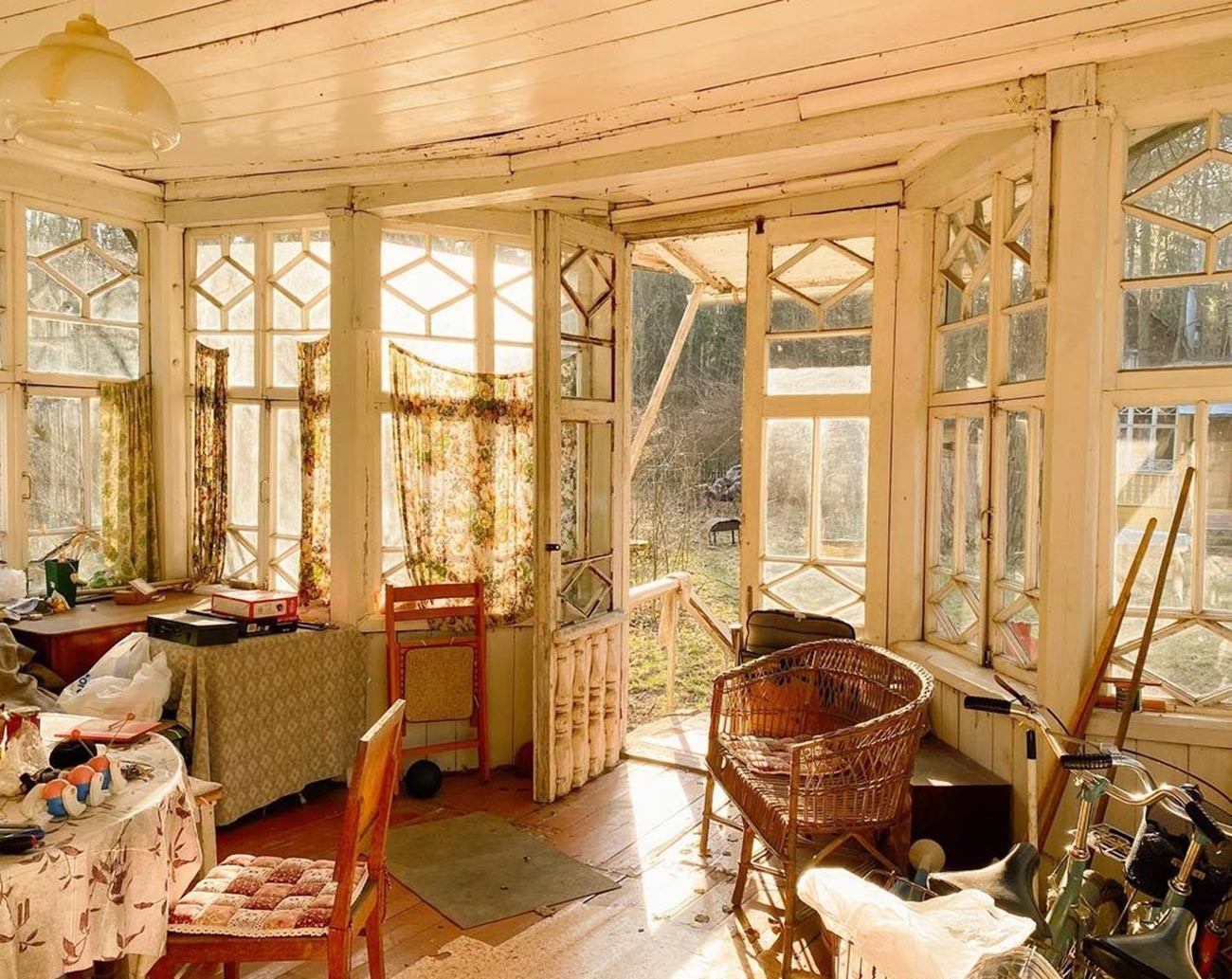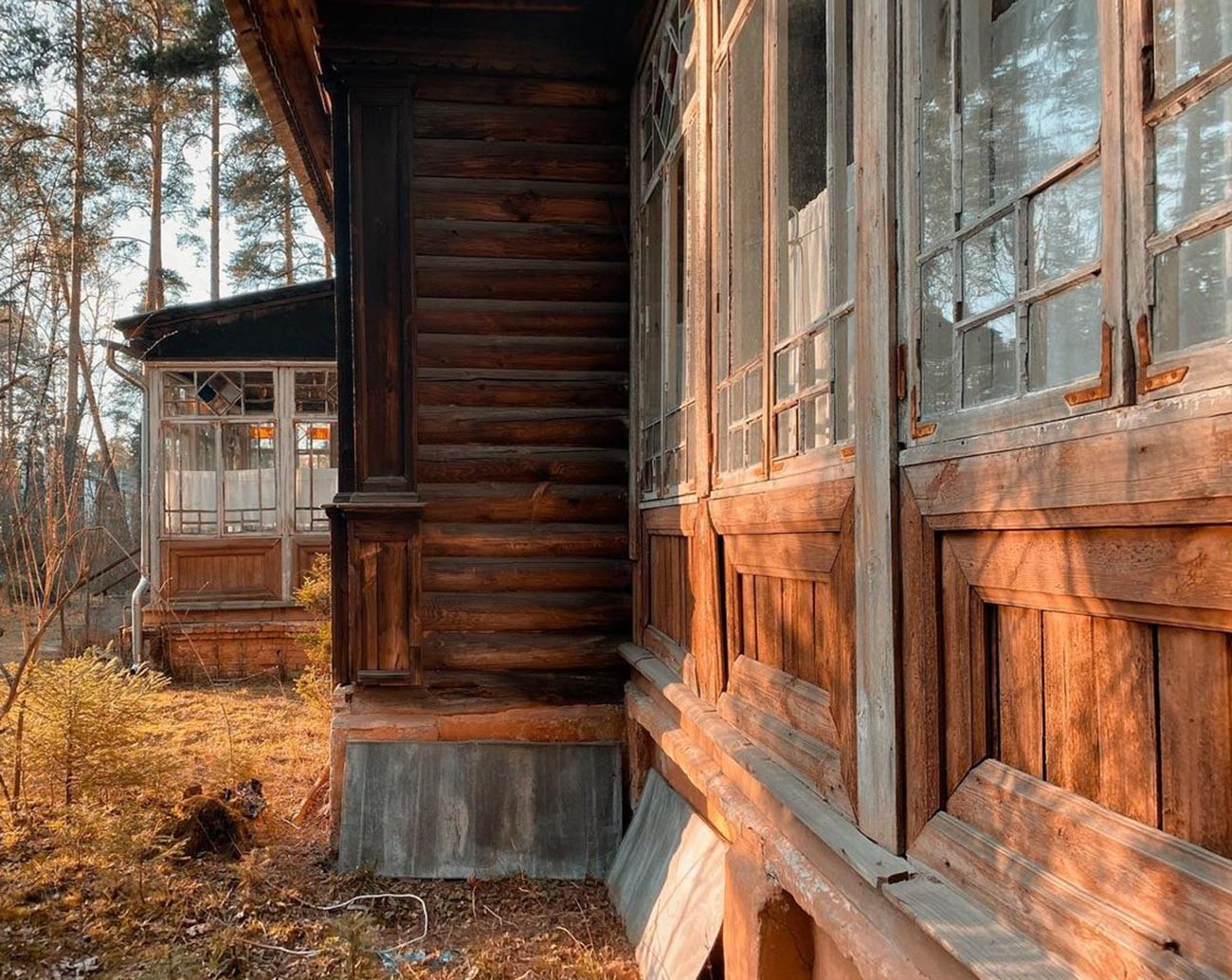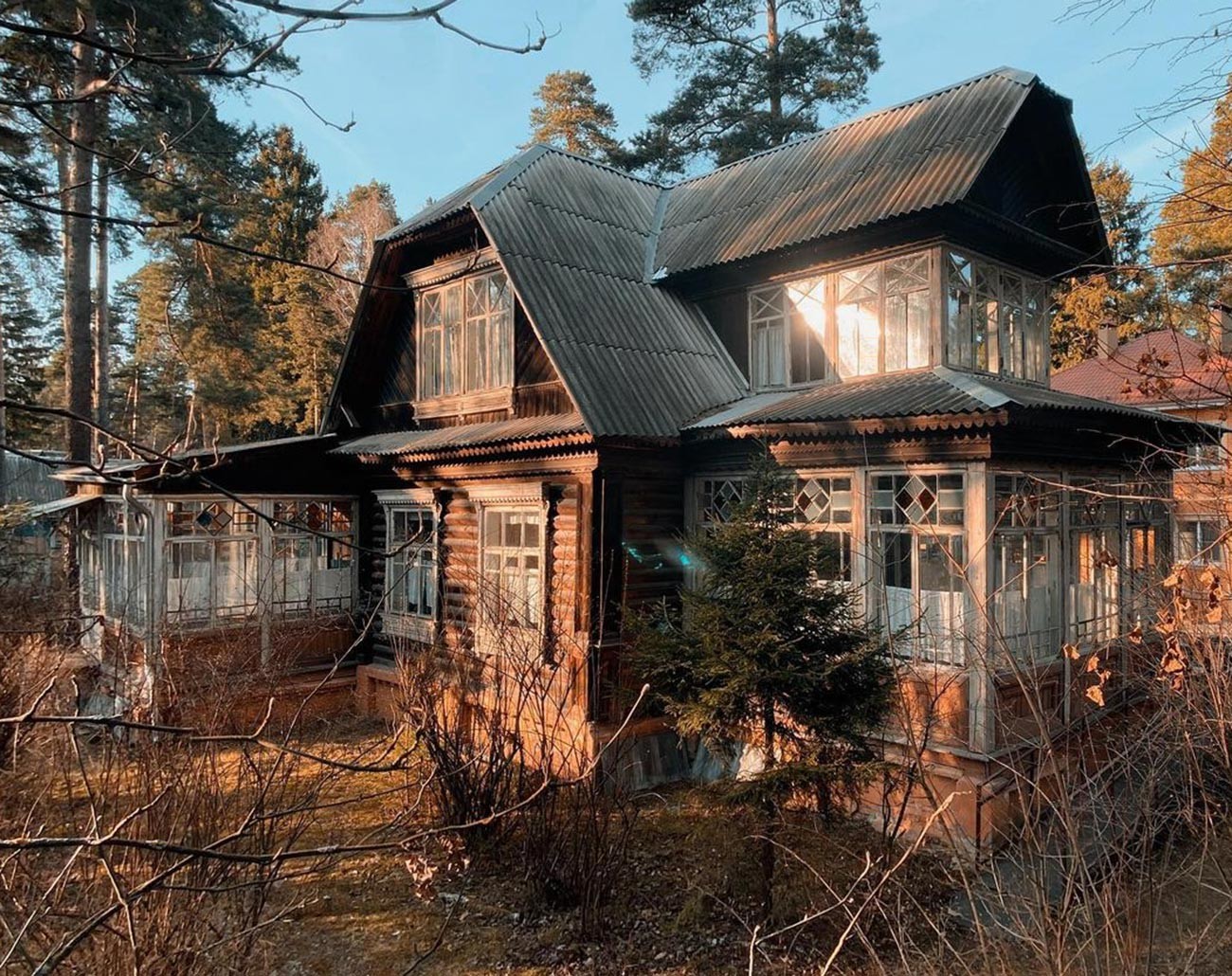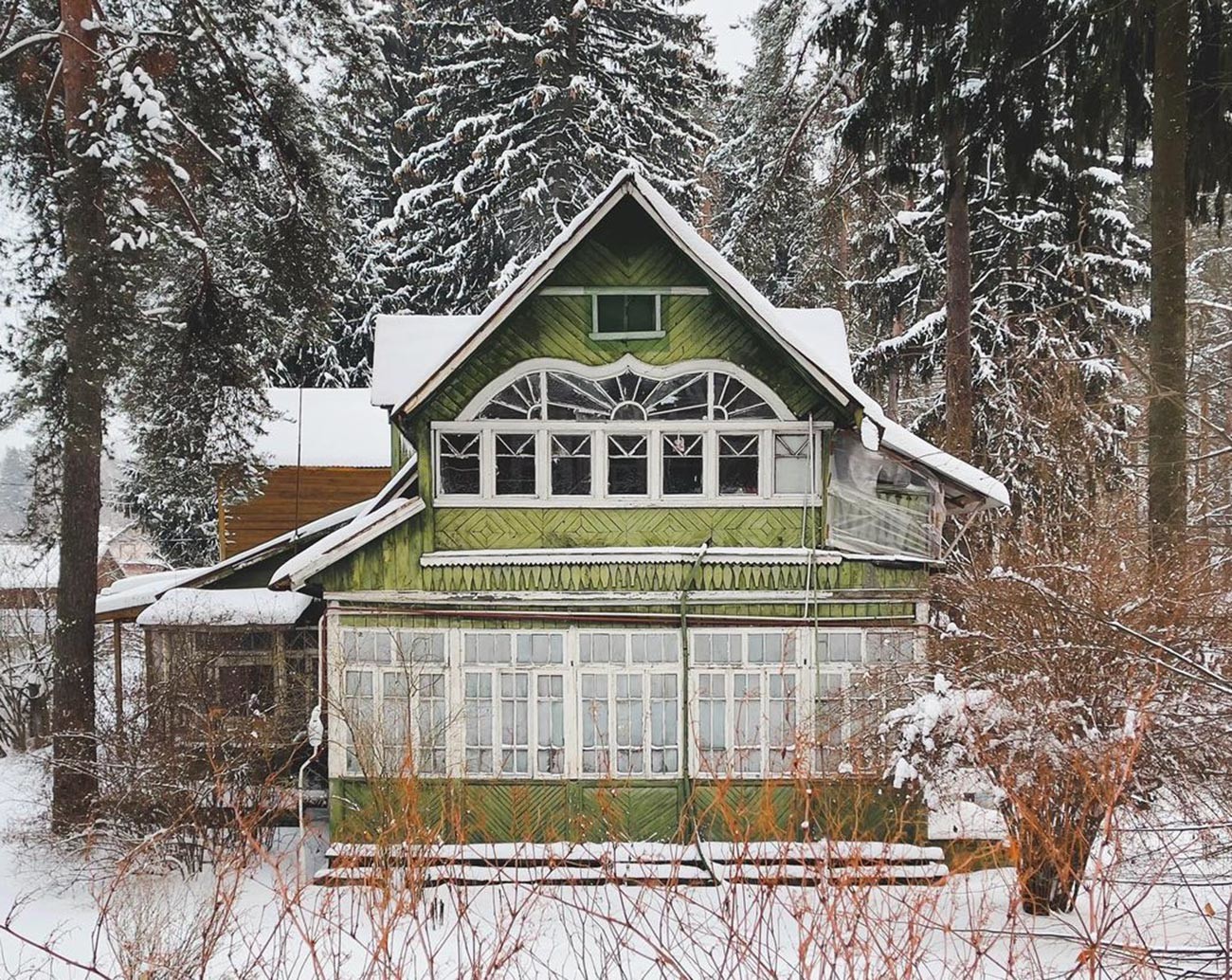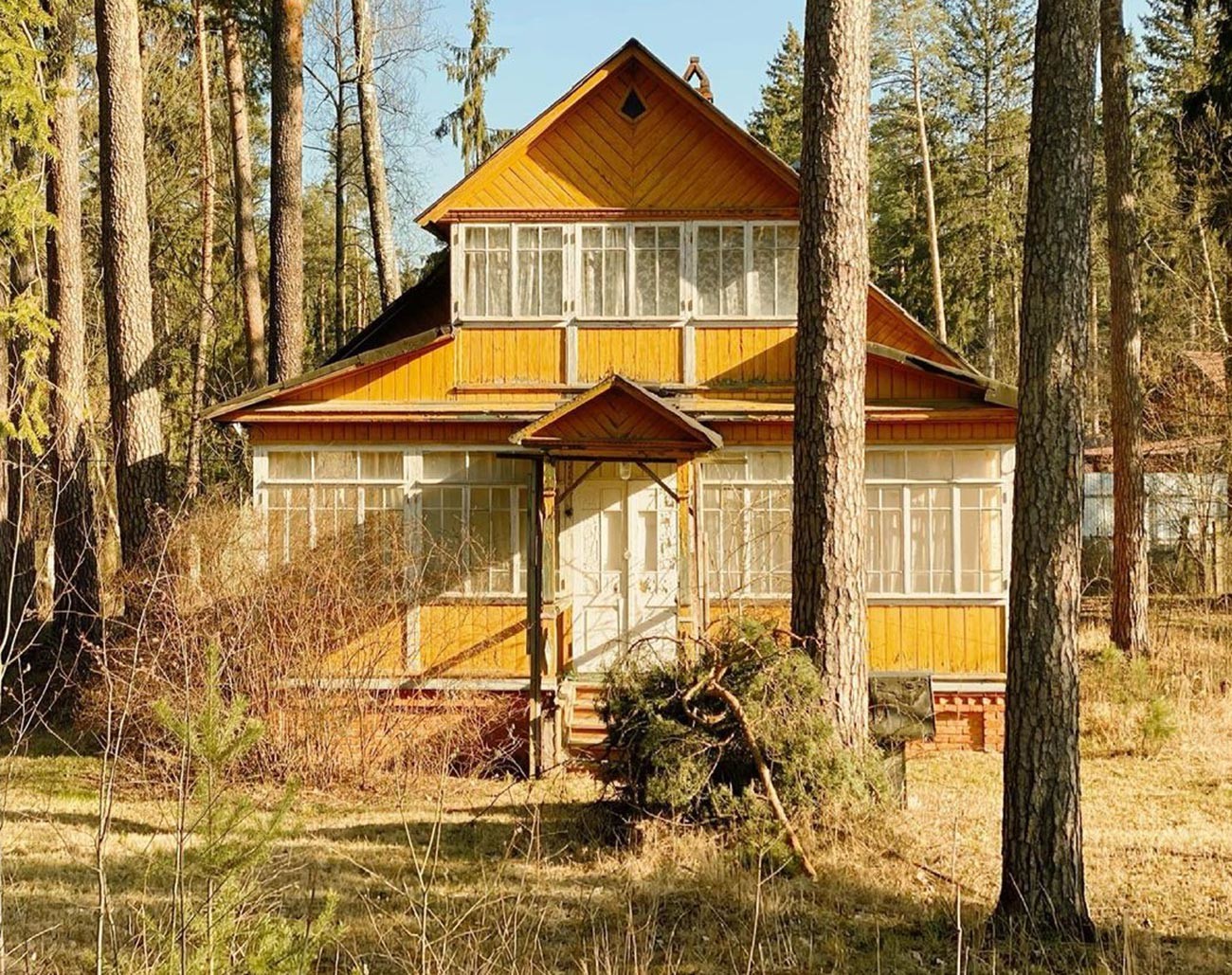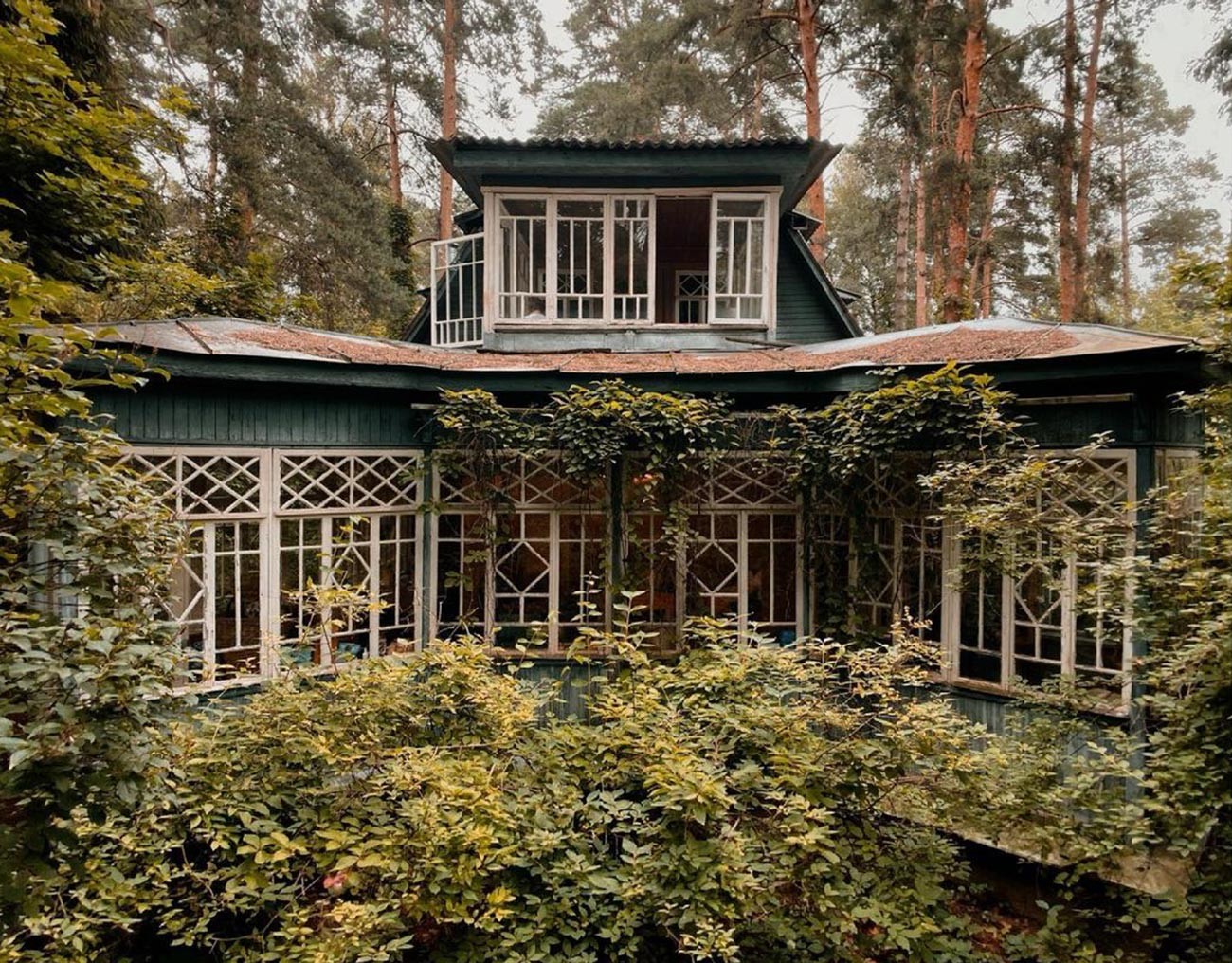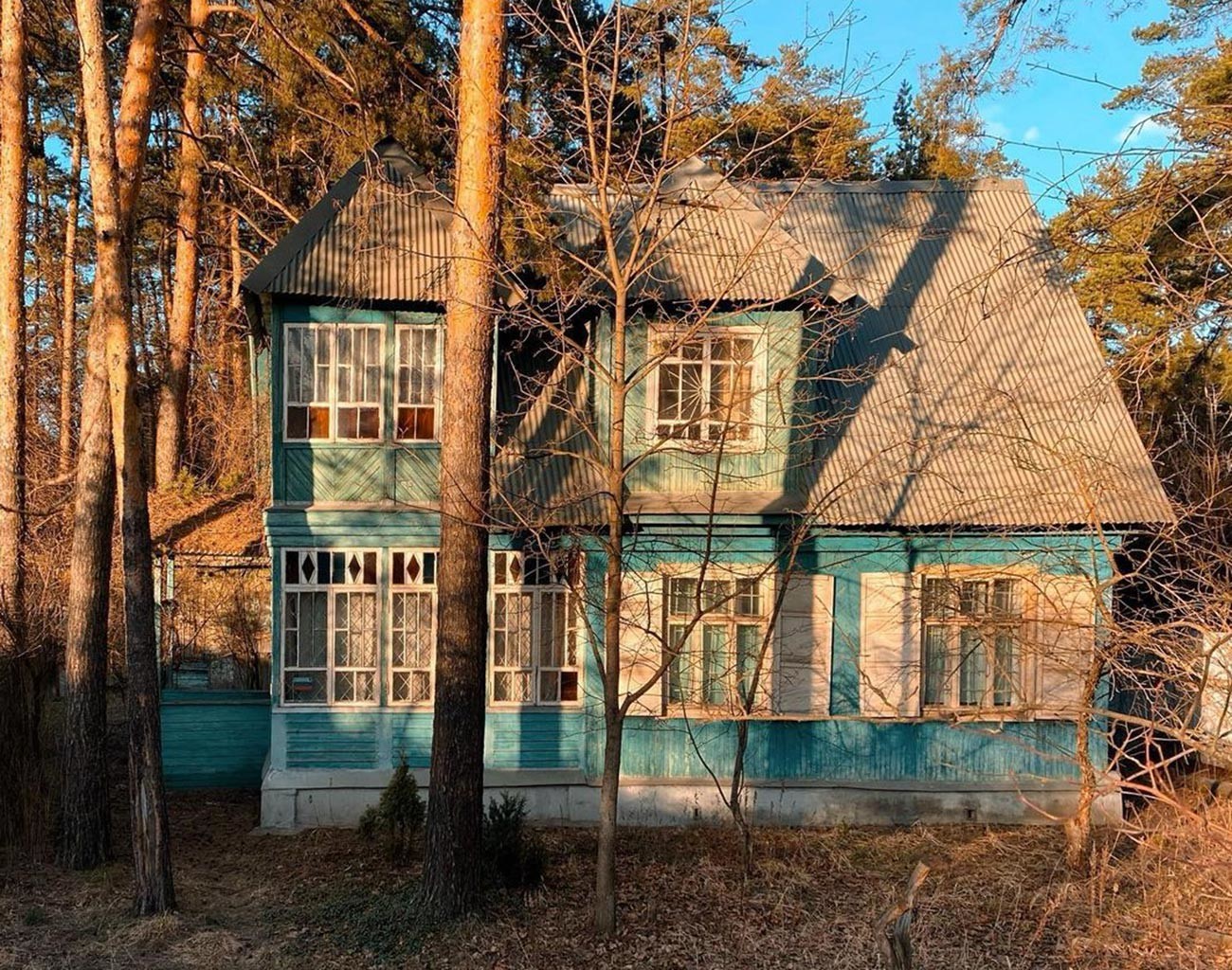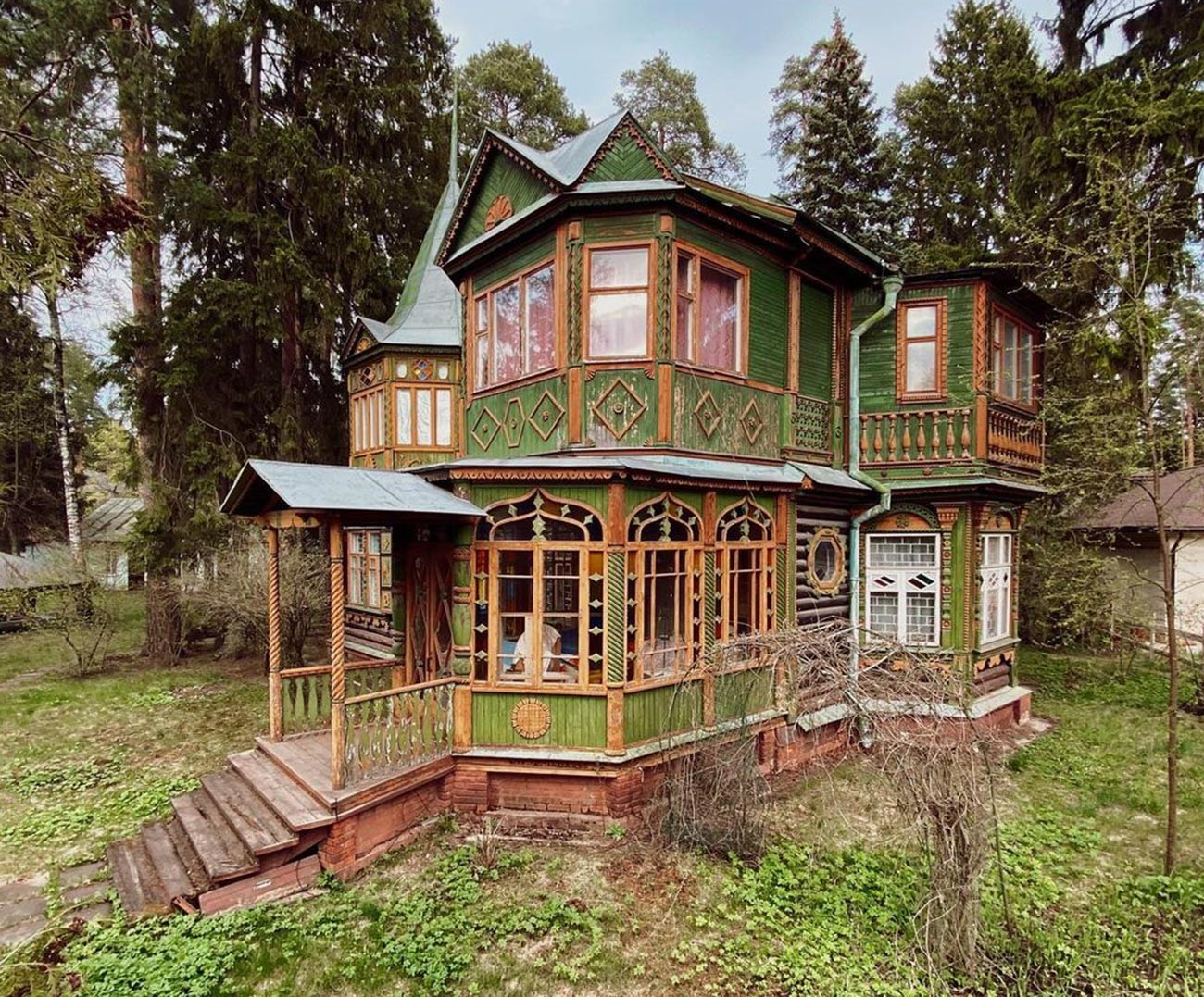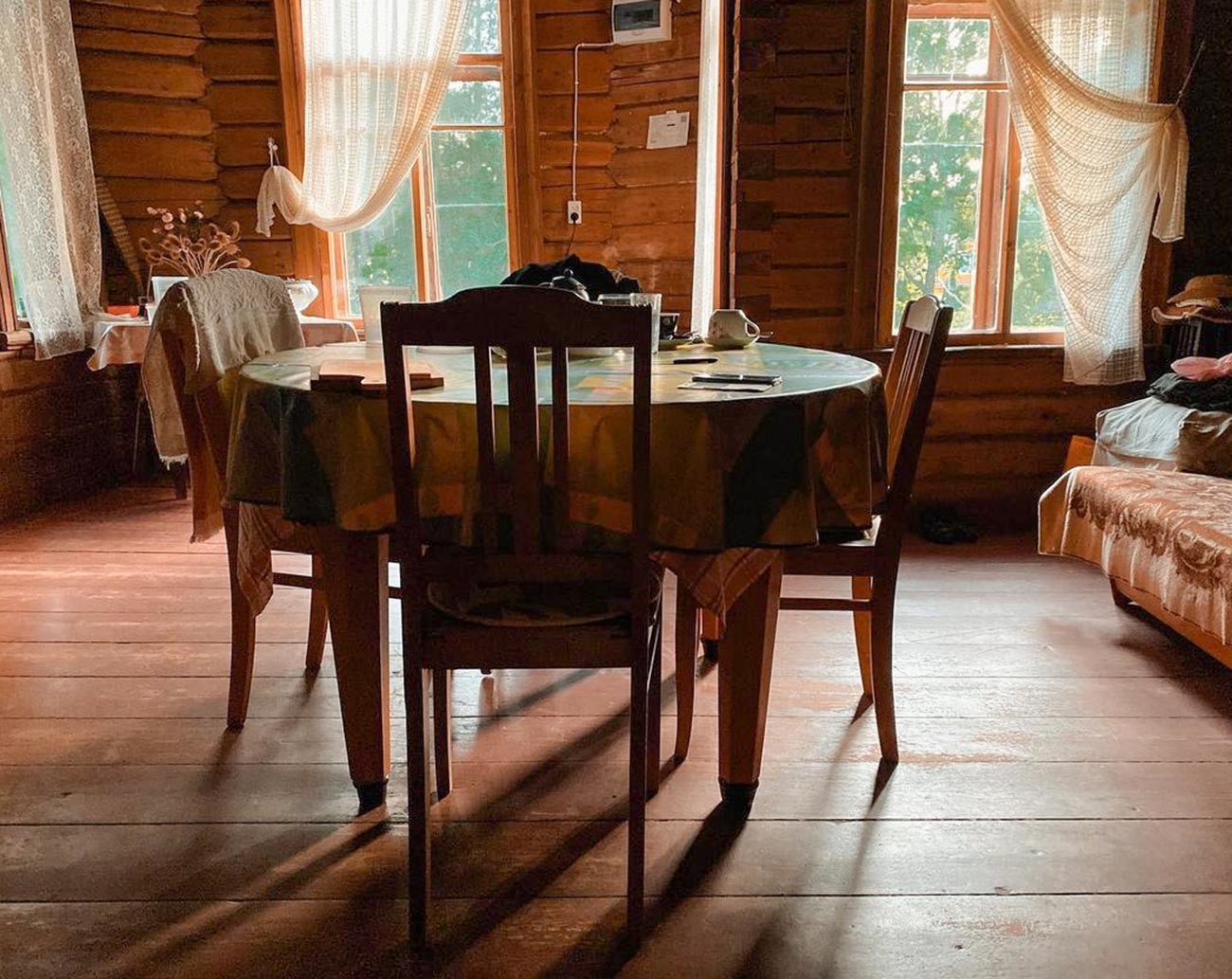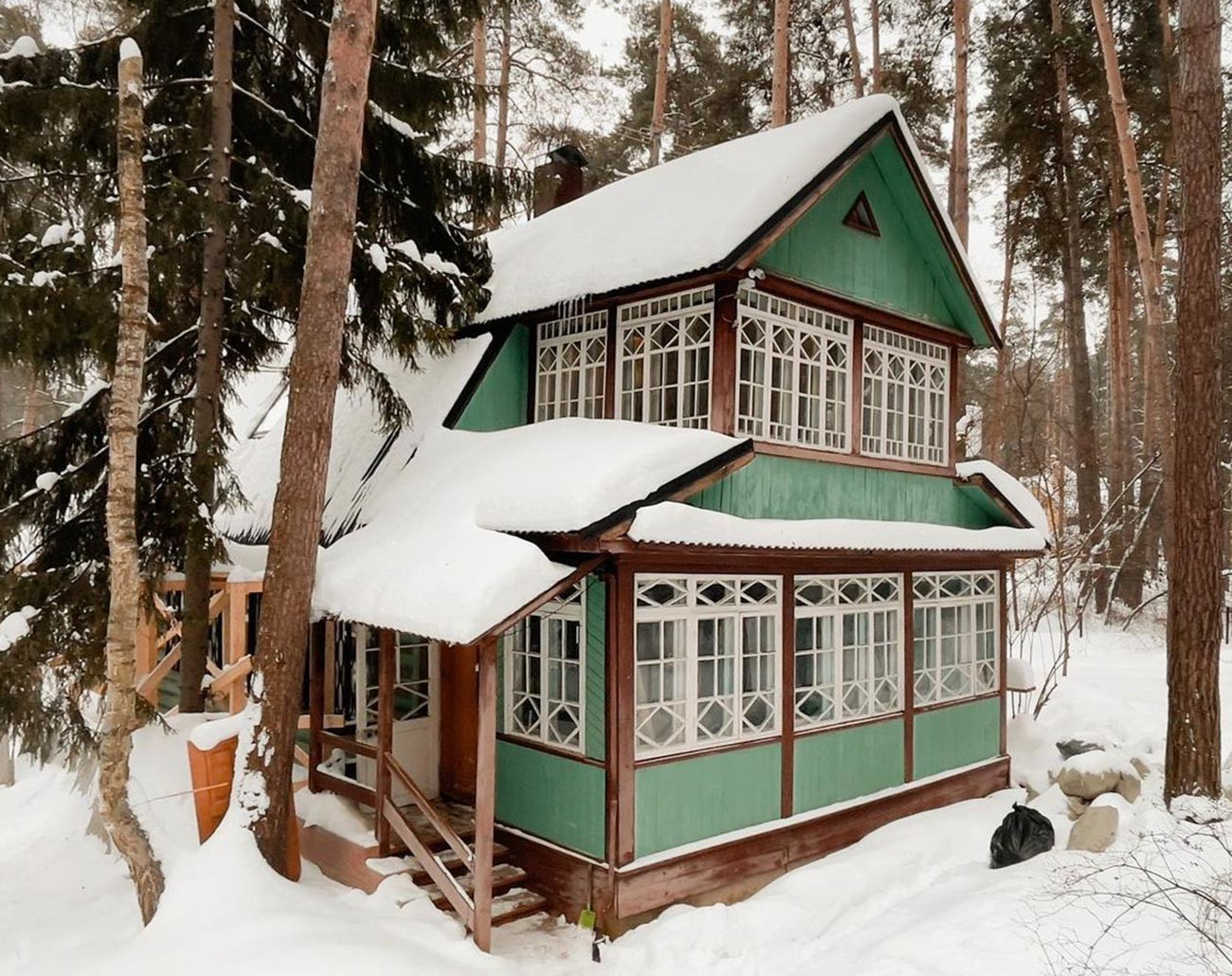UNIQUE Soviet DACHAS as you have never seen them before! (PHOTOS)
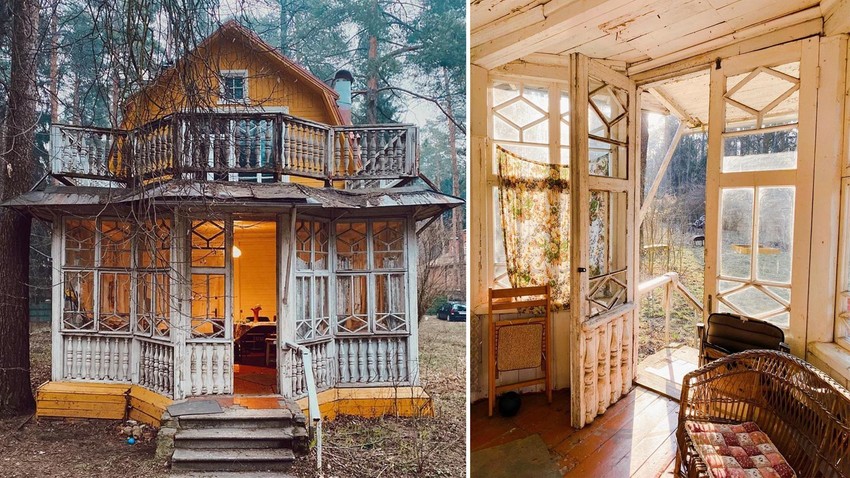
Established photographer Fyodor Savintsev, whose works have been published by major international magazines and newspapers, discovered a new fascination, the Soviet dacha, during the Covid-19 pandemic.
“The ‘Kratovo Dachas’ project [named after the Kratovo suburban settlement near Moscow] began the moment I returned to my parents’ house to support them during the pandemic and somehow started doing a documentary project about the old dachas in the Moscow suburbs,” says Fyodor Savintsev.
The photographer was fascinated with the vernacular architecture of Soviet dachas: people who built them years ago relied on their vision and not on mainstream academic tradition or professional architectural guidance. The result was unique folk aesthetics, which Savintsev aimed to capture with his camera, often as if his subjects were animate.
“I became an archivist who collects information, documents. It is clear that I cannot do everything on my own. In theory, this should be done by architecture professionals. But I have created a fascinating trend that has spread to different cities. I see a growing interest in the historical study of dacha culture,” Savintsev said in an earlier interview.
The process of shifting from human subjects to immobile objects in his photography was smooth.
“In my career, human subjects prevailed over architecture. But, I look at the houses through the form of a portrait. I make portraits of houses,” says Savintsev.
The photographer approached the task of finding new subjects methodically. He visited every street in the settlement identifying subjects of interest and also looked for owners or people who knew anything about the history of the houses, so that he could also share their stories along with the images.
Finding some of the owners was a hard task and Savintsev appealed to his wide audience on Instagram for help, asking whether anybody knew the history of a particular house or its owners.
“Instagram is a media tool that allows me not only to share publications with my audience, but also enables me to build meaningful connections and lets people contact me directly. These stories have happened many times when owners have gotten in touch because a publication was forwarded to them through a third party and they decided that they are interested in talking to me,” says the photographer.
For the documentary photographer, whose primary method of research is interpersonal communication, gaining access is of paramount importance. Thus, all of the images related to the ‘Kratovo Dachas’ project were photographed using an iPhone to gain maximum access to the subjects.
“We live in a time when people are morbidly uncomfortable when they see professional equipment and believe that it violates their private boundaries. The iPhone does not provoke such a reaction,” says Savintsev.
Savintsev is currently helping to restore five houses. He states he also has plans to create a fund (or another form of organization) that would approach the restoration of unique private dachas systematically.
“I would formulate the task [of the future fund] like this: to preserve the architectural heritage of wooden architecture, even, one might say, of individual housing. The state does not allocate funds to maintain objects that are in private ownership. People can’t provide these houses with the care they require and, as a result, these houses are simply lost. And they are of interest, in my opinion, from the point of view of our cultural heritage, even though they are privately owned. So, the idea of the foundation is to help private properties, including restoring houses, so that they maintain their appearance,” says Savintsev.
Click here to see pictures of a dying Soviet civilization (PHOTOS).
If using any of Russia Beyond's content, partly or in full, always provide an active hyperlink to the original material.
Subscribe
to our newsletter!
Get the week's best stories straight to your inbox
